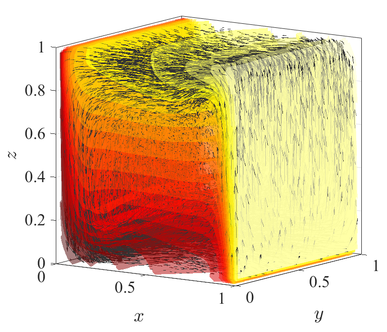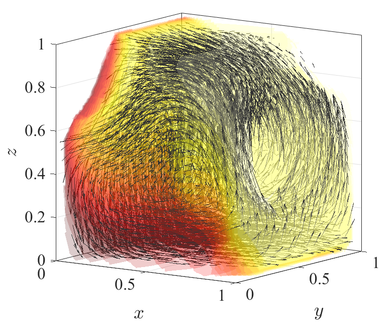§ Documentation
The documentation consists of the tutorial, numerous examples and other content in our wiki and the technical reference manual.
§ Wiki

Our wiki page is a more frequently changing body of content, that has numerous examples, tutorials, experiments and other notes in somewhat relaxed form. Most of the examples below are found there, along with contribution guidelines, code style, recent publications, etc.
§ API Reference

The complete C++ API of the library is available through the doxygen generated pages. The code is divided into modules and each class is documented and equipped with a short usage example.
§ Examples
A tool is useless if you don't know how to use it, and while we provide detailed documentation we understand that using a library for a first time user may be a very daunting task. In this spirit we created numerous examples to aid the process of learning.
A good starting point is our logo, which is a simple case of Poisson's equation solved on a domain with the shape of a jellyfish. Fittingly our first and the most basic set of examples focuses on solving the Poisson's equation.
Examples include solutions to more difficult problems as well. Namely, a detailed solution to the wave equation and a variety of problems in linear elasticity, such as Point contact and the Cantilever beam. Perhaps visually most stunning are solutions to the infamous Navier-Stokes equations, which can be found in our fluid mechanics examples. The video below shows the evolution of temperature and velocity magnitude for a De Vahl Davis natural convection test.
Some of the real world applications of our library include Attenuation due to liquid water content in the atmosphere , heart rate variability detection , simulations of natural convection around overhead conductors, and dynamic thermal rating (also to prevent freezing).

